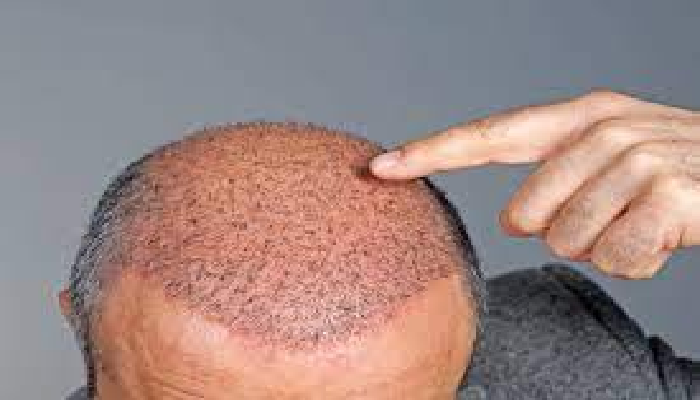Hair Transplant After 10 Years: Restoring Your Confidence
Hair transplant after 10 years hair loss can be a distressing experience, impacting one’s self-esteem and overall well-being. Fortunately, advancements in medical technology have paved the way for effective solutions, with hair transplantation being a popular choice for individuals looking to restore their hairline. But what happens when a person undergoes a hair transplant and then, after a decade, requires further intervention? In this article, we will explore the possibility of a hair transplant after 10 years and shed light on the options available.
Firstly, it is important to understand that a hair transplant is a surgical procedure that involves the extraction of hair follicles from areas of the scalp where hair is still abundant, typically the back or sides of the head, and transplanting them to areas experiencing thinning or balding. The transplanted hair follicles are typically resistant to the hormone responsible for male pattern baldness, making them a reliable and long-lasting solution.
After undergoing a hair transplant, it is not uncommon for individuals to experience continued hair loss in other areas due to genetic factors, aging, or other underlying causes. In such cases, a person may opt for a second hair transplant after a significant period, such as 10 years.
When considering a hair transplant after a decade, several factors come into play. One crucial aspect is the overall health of the patient’s hair and scalp. A thorough evaluation by a qualified hair transplant surgeon will assess the condition of the existing hair, the density of the donor area, and the quality of the scalp. These factors help determine the feasibility of a second transplant and the potential outcomes.
Technological advancements in the field of hair transplantation have significantly improved over the years. With the introduction of innovative techniques such as Follicular Unit Extraction (FUE) and Follicular Unit Transplantation (FUT), surgeons can achieve more natural-looking results and minimize scarring. These techniques are often employed during subsequent hair transplant procedures to ensure optimal outcomes.
During a second hair transplant, the surgeon will assess the patient’s current hair loss pattern and design a customized plan to address specific areas of concern. The surgeon will identify suitable donor areas and carefully extract hair follicles for transplantation, taking into account the availability and quality of the donor hair.
It is worth noting that the success of a hair transplant after 10 years relies heavily on the skill and experience of the surgeon. Therefore, it is crucial to choose a qualified and reputable hair transplant specialist who has a proven track record in performing successful procedures. A skilled surgeon will be able to evaluate the patient’s unique circumstances and develop an appropriate treatment plan to achieve the desired results.
In conclusion, a hair transplant after 10 years is a viable option for individuals seeking to restore their hairline and regain their confidence. Technological advancements in the field of hair transplantation, coupled with the expertise of skilled surgeons, have made it possible to achieve natural-looking results even after an extended period. If you are considering a hair transplant after 10 years, consult with a qualified hair transplant specialist who can assess your individual situation and provide you with the best possible treatment options. Remember, restoring your hair can have a profound impact on your self-esteem and overall well-being.
